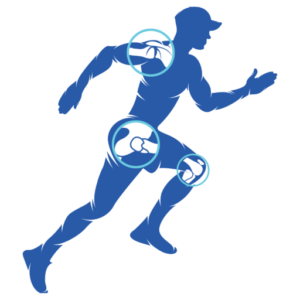What is Shoulder Arthroscopy?
Shoulder arthroscopy is a minimally invasive surgical procedure that uses a tcamera, known as an arthroscope, to examine or repair tissues inside or around the shoulder joint. This procedure involves making small incisions through which the arthroscope and other surgical instruments are inserted. The camera projects images onto a monitor, allowing the surgeon to view the joint in detail.
Arthroscopy is often used to diagnose and treat issues involving the bones, cartilage, tendons, ligaments, and muscles of the shoulder joint.

Rotator Cuff Overview
The rotator cuff comprises a group of muscles and tendons that stabilize the shoulder joint and allow for a wide range of arm movements. These tendons can become torn due to overuse or injury, requiring surgical intervention.
Anesthesia Options
Patients undergoing shoulder arthroscopy typically receive general anesthesia, ensuring they are asleep and free from pain during the procedure. Alternatively, regional anesthesia may be used to numb the arm and shoulder area, combined with medication or light sedation to keep the patient relaxed.
Procedure Steps
During shoulder arthroscopy, the surgeon will:
- Insert the arthroscope into the shoulder through a small incision.
- Inspect the shoulder joint and surrounding tissues, including cartilage, bones, tendons, and ligaments.
- Repair any damaged tissues. This may involve making additional small incisions to insert surgical instruments for tasks like stitching torn tendons, removing damaged tissue, or reshaping bones.


Specific Procedures
Depending on the condition, the surgeon may perform one or more of the following:
- Rotator Cuff Repair: The torn edges of the tendon are sutured together and reattached to the bone using suture anchors, which are made of metal, plastic, or suture material and remain in place after surgery.
- Surgery for Impingement Syndrome: Inflamed or damaged tissue is removed from the area above the shoulder joint. The surgeon may also cut the coracoacromial ligament or shave the underside of the acromion bone to relieve impingement caused by a bone spur.
- Surgery for Shoulder Instability: If the labrum (the cartilage lining the rim of the shoulder joint) is torn, it is repaired, along with any ligaments attached to it. Specific lesions, like the Bankart or SLAP lesions, may also be addressed during the surgery.
Post-Surgery
After the procedure, incisions are closed with stitches and covered with a dressing. Surgeons often take pictures during the operation to document the findings and the repairs made, which can be shown to the patient afterward.
In cases of extensive damage, open surgery might be necessary, involving a larger incision for direct access to the affected bones and tissues.


At the end of the surgery, the incisions will be closed with stitches and covered with a dressing (bandage). Most surgeons take pictures from the video monitor during the procedure to show you what they found and the repairs that were made.
Your surgeon may need to do open surgery if there is a lot of damage. Open surgery means you will have a large incision so that the surgeon can get directly to your bones and tissues.
Advantages of Shoulder Arthroscopy
- Reduced pain
- Fewer complications
- Shorter hospital stays
- Faster recovery times
Risks and Complications
Potential complications of shoulder arthroscopy include infection, bleeding, nerve or blood vessel damage, and delayed healing. Post-surgery stiffness in the shoulder joint can also occur, which is why active participation in physical therapy is crucial to ensure a full recovery.

